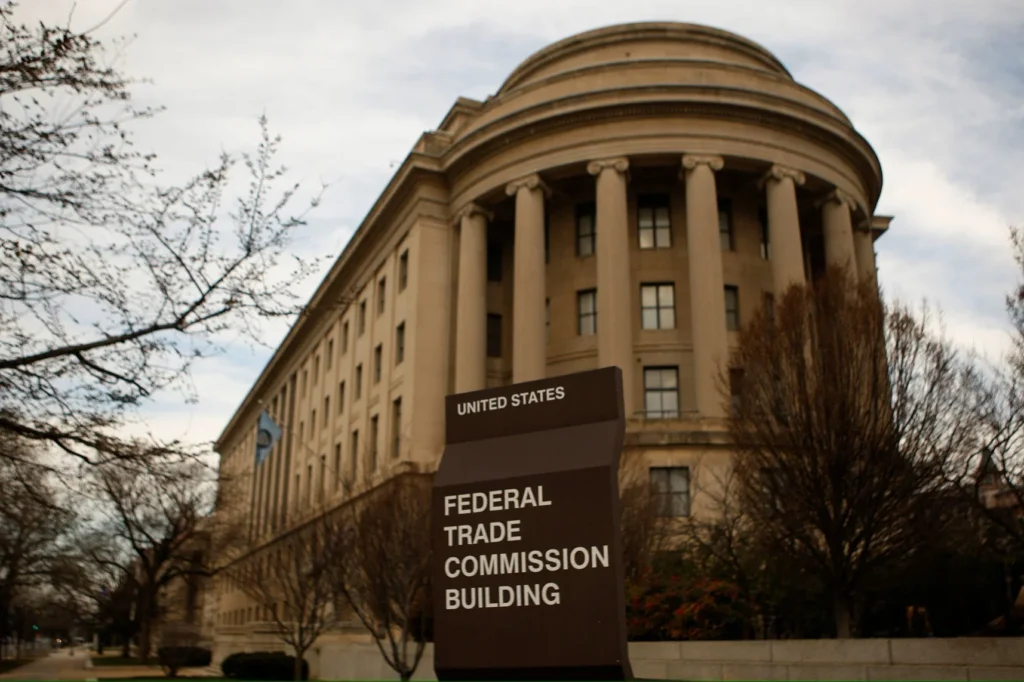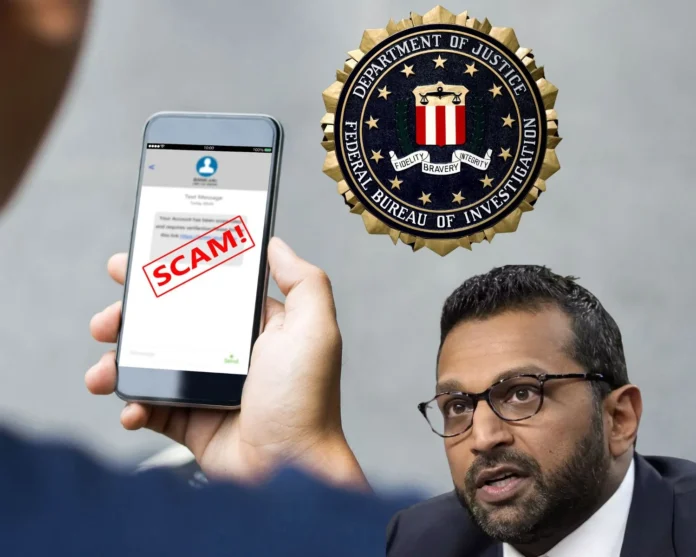FBI Warning on Smishing Scams
A new wave of cyber threats is sweeping across the United States, prompting the FBI to urge mobile users to delete suspicious text messages immediately. This alarming trend involves smishing attacks, where malicious SMS messages trick recipients into revealing personal and financial information. Reports indicate that cybercriminals have already registered over 10,000 fraudulent domains, escalating the risk for unsuspecting victims.
How These Smishing Scams Operate
According to cybersecurity experts at Palo Alto Networks’ Unit 42, attackers craft deceptive messages designed to extract sensitive data, such as credit card details and account credentials. Initially, these scams focused on toll payment fraud, where victims were misled into believing they had unpaid road tolls. However, recent developments suggest that fraudsters are now expanding their operations to impersonate delivery services and government agencies.
Common Signs of Smishing Scams
All fraudulent messages tend to follow a similar format. Users receive an urgent text claiming they owe a payment or risk penalties. The message includes a link leading to a fake payment portal, which is where criminals steal personal information. To evade security measures, these messages often contain state-specific payment links and instructions to manually enter URLs into a browser.
Red Flags in Smishing Links
Researchers have discovered that many of these fraudulent domains originate from Chinese cybercrime groups, evident from the .XIN top-level domains (TLDs). Here are some examples of deceptive URLs linked to these scams:
- dhl.com-new[.]xin
- fedex.com-fedexl[.]xin
- sunpass.com-ticketap[.]xin
- thetollroads.com-fastrakeu[.]xin
- ezdrivema.com-securetta[.]xin
While the list above is not exhaustive, it highlights the patterns used by scammers. It’s crucial to remember that legitimate toll services or delivery providers will never redirect users to foreign domains for payments.
Cities Most Targeted by Smishing Attacks
Recent reports from McAfee and Bleeping Computer indicate that certain U.S. cities are experiencing higher smishing activity. Among the most affected locations are:
- Dallas, Texas
- Atlanta, Georgia
- Los Angeles, California
- Chicago, Illinois
- Orlando, Florida
- Miami, Florida
- San Antonio, Texas
- Las Vegas, Nevada
- Houston, Texas
- Denver, Colorado
- San Diego, California
- Phoenix, Arizona
- Seattle, Washington
- Indianapolis, Indiana
- Boardman, Ohio
Cybersecurity firms continue to observe an exponential rise in smishing incidents, with scams quadrupling within a single month. As scammers refine their techniques, their attacks become harder to detect, making awareness crucial in preventing financial loss and identity theft.
How to Protect Yourself from Smishing Scams

The Federal Trade Commission (FTC) and cybersecurity experts recommend the following precautions:
- Do not click on suspicious links in unexpected text messages.
- Verify messages by directly contacting the service provider using official websites or phone numbers.
- Report fraudulent texts using your phone’s “report junk” feature or forward them to 7726 (SPAM).
- Delete smishing messages immediately to prevent accidental interaction.
- Enable two-factor authentication (2FA) on your accounts to add an extra layer of security against unauthorized access.
- Be cautious of urgent language in messages claiming immediate action is required to avoid penalties.
- Educate family members and colleagues about the risks of smishing, as scammers often target groups to maximize their impact.
The Shift to Mobile-First Cybercrime
With more users relying on mobile devices for daily transactions, cybercriminals are shifting toward mobile-first attack strategies. Security firm Zimperium warns that people are more likely to engage with text messages than emails, making smishing an increasingly attractive avenue for cyberattacks.
Additionally, scammers are adopting AI-driven tactics to generate more convincing messages, reducing the likelihood of detection. These messages may use spoofed sender IDs, mimicking legitimate institutions such as banks, postal services, or government agencies. By leveraging automation, attackers can send millions of fraudulent texts within minutes, increasing their chances of success.
The Global Impact of Smishing Attacks
Although smishing is currently affecting the U.S., similar attacks are being reported worldwide. Countries such as the United Kingdom, Australia, and Canada have also seen a rise in SMS-based fraud attempts. In response, many national cybersecurity agencies are ramping up efforts to educate the public and implement stricter regulations to combat mobile phishing schemes.
Experts caution that as digital transactions grow, so too will the prevalence of mobile-based fraud. Financial institutions and service providers are working to enhance fraud detection algorithms, but user awareness remains the strongest defense against these scams.
Final Thoughts: Stay Vigilant
As smishing scams continue to evolve, staying informed is the first step to protection. Always verify messages through official channels and never engage with suspicious links. By following these precautions, users can safeguard their personal information and avoid falling victim to these dangerous cyber threats.
Cybersecurity professionals stress that vigilance is key. If something seems suspicious, it’s always best to err on the side of caution—delete the message, report it, and inform others to prevent further victims.


